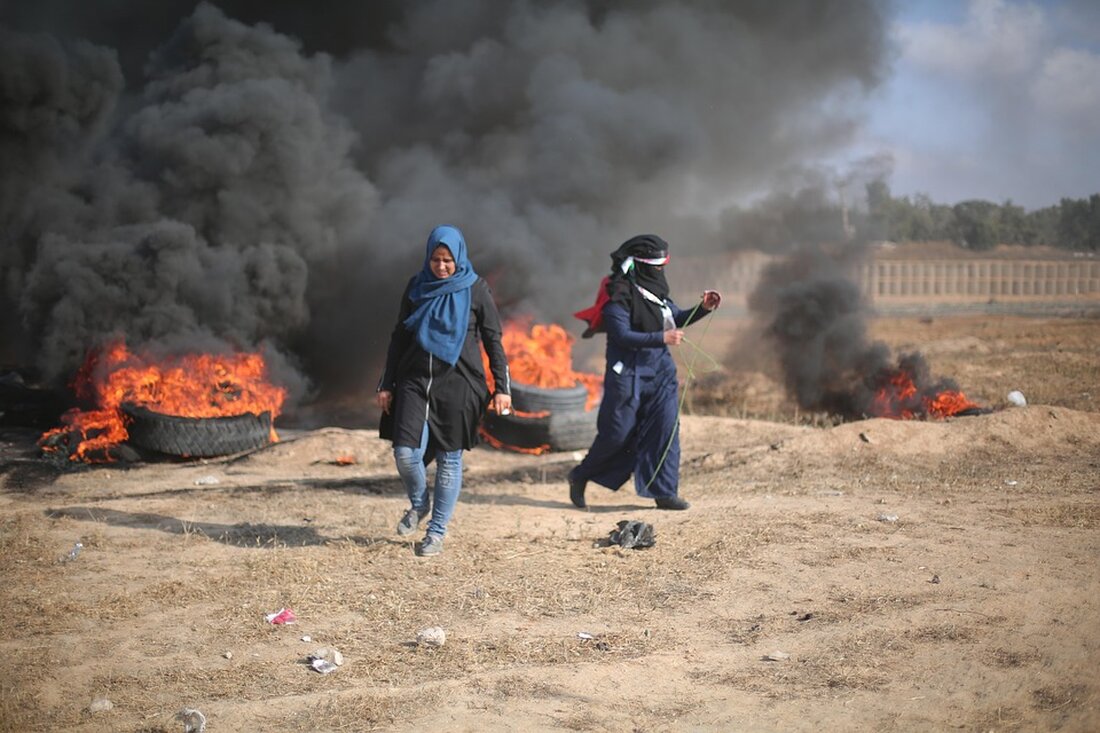US aid plan: Only 60% Gazas initially get food, and rejects

US aid plan: Only 60% Gazas initially get food, and rejects
The US ambassador in Israel, Mike Huckabee, has a American-Israeli plan To guide humanitarian aid into parts of Gazas, from which he admitted that it will initially only reach about 60 % of the population.
Humanitarian aid for Gaza
Huckabee explained that the help mechanism, which is to be managed by a newly founded private foundation in the USA, aims to distribute food so that "Hamas is unable to enrich itself." Israel has repeatedly accused Hamas of stealing and benefiting from them, while humanitarian organizations emphasize that the majority of food aid actually arrives at the needy civilians.
Security and distribution of relief goods
As part of the US Israeli plan, the “Gaza Humanitarian Foundation” will set up distribution centers that are secured by private military contractors from the USA and looked after by auxiliary workers. The Israeli army will be involved "in the necessary military security issues" outside the immediate distribution area, said Huckabee at a press conference in the US message in Jerusalem.
services and challenges
The foundation initially plans to set up the establishment of four distribution points to provide "pre -packed rations, hygiene sets and medical relief goods" for a total of 1.2 million Palestinians, which corresponds to around 60 % of the population of Gazas, according to a document of the foundation that is available. When asked by CNN, what should happen to the remaining 40 % of the population, Huckabee replied that mechanism would be "increased" over time.
un reject the plan
The United Nations and other important aid organizations in Gaza rejected the US Israeli plan as impractical because it would promote the forced expulsion of Palestinians and would not meet the needs of the population. "This mechanism is practically inconvenient and contradicts humanitarian principles," according to the UN's office for humanitarian affairs.
Humanitarian crisis in Gaza
The UN also criticizes the small number of distribution locations that are too little compared to the approximately 400 before the total blockade of Israel. With just a few distribution points, displaced Palestinians could be forced to cover long distances to transport large packages for their families.
The worst danger: hunger
Huckabee recognized the intensified location in Gaza and called hunger "the greatest danger". He emphasized that the humanitarian crisis was real and that the United States had won several partners to participate in the new mechanism, but announced no further names. The Israeli authorities, on the other hand, deny the extent of the crisis caused by the military blockade that began on March 2.
future of the auxiliary mechanism
The introduction of the new mechanism could take at least two more weeks before help can flow into Gaza, and it will take a few weeks before the program can be expanded to reach a larger part of the population. But the implementation of the mechanism is still in question, since there is considerable resistance from the great actors of humanitarian aid.
Huckabee has asked everyone who speak of a crisis to participate in the solution process, while few humanitarian organizations have offered their support. Some important actors in the field of humanitarian aid could participate in the plan, but many aspects are not yet finalized.
